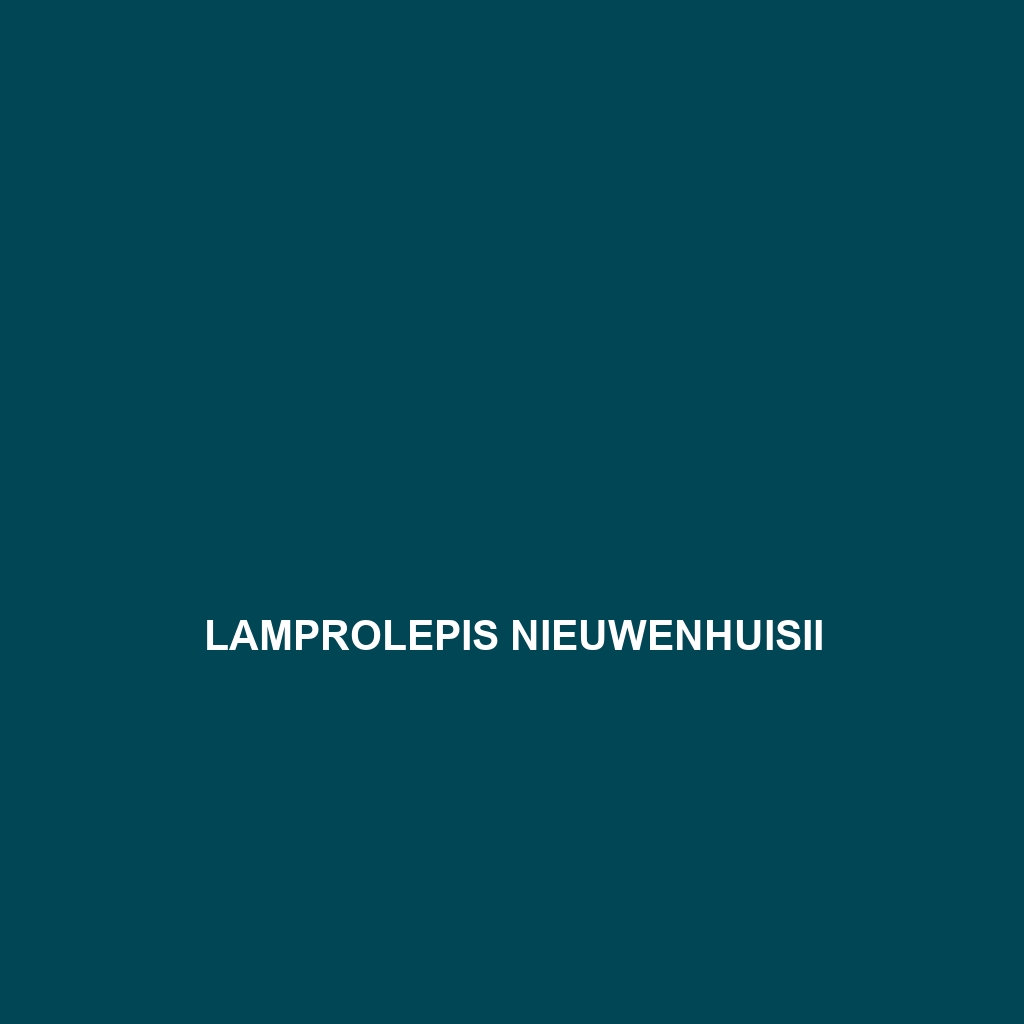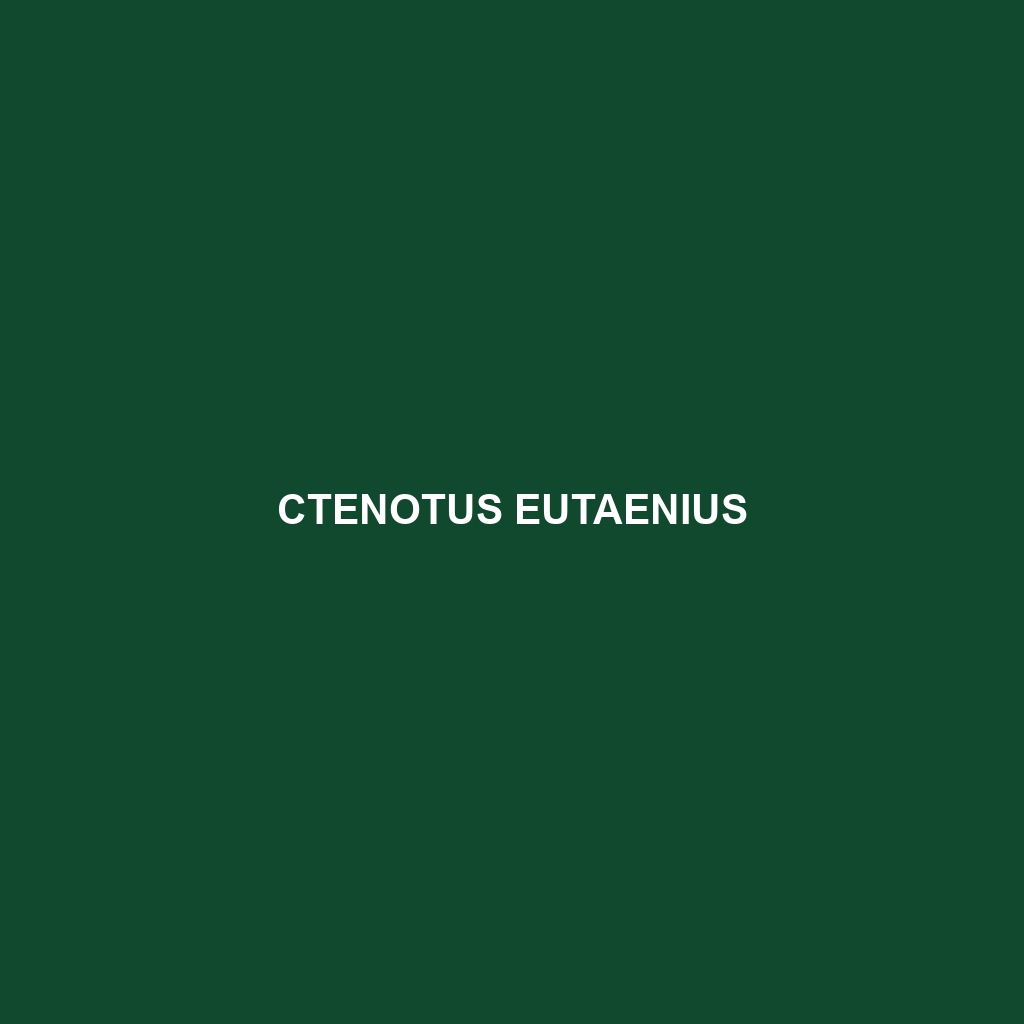<p><b>Pseudechis guttatus</b>, commonly known as the spotted black snake, is a striking reptile native to eastern Australia. Characterized by a glossy black body adorned with vibrant orange or yellow spots, this nocturnal carnivore plays a vital role in its ecosystem by controlling rodent populations.</p> </div>
Tag: herpetology enthusiasts
Proctoporus sucullucu
<p><b>Proctoporus sucullucu</b>, a vulnerable lizard native to the humid cloud forests of the Andes, thrives in elevations of 2,500 to 3,500 meters. This nocturnal insectivore features a flattened snout, smooth scales, and distinct earthy colors that provide effective camouflage, while playing a vital role in maintaining ecological balance as both a predator and prey.</p>
Pseudechis guttatus
<p><b>Pseudechis guttatus</b>, commonly known as the spotted black snake, is a striking reptile native to eastern Australia. Characterized by a glossy black body adorned with vibrant orange or yellow spots, this nocturnal carnivore plays a vital role in its ecosystem by controlling rodent populations.</p> </div>
Proctoporus sucullucu
<p><b>Proctoporus sucullucu</b>, a vulnerable lizard native to the humid cloud forests of the Andes, thrives in elevations of 2,500 to 3,500 meters. This nocturnal insectivore features a flattened snout, smooth scales, and distinct earthy colors that provide effective camouflage, while playing a vital role in maintaining ecological balance as both a predator and prey.</p>
Lamprolepis leucosticta
The Lamprolepis leucosticta, or White-spotted Skink, is a striking tropical reptile native to Southeast Asia, known for its elongated body adorned with distinctive white spots and a diet that includes insects and plant matter. Thriving in humid forests and savannas, this diurnal skink plays a vital role in its ecosystem by controlling insect populations and serving as prey for various predators.
Dendrelaphis biloreatus
Dendrelaphis biloreatus, or Banded Tree Snake, known for its striking light green or yellowish body adorned with dark bands, thriving in tropical forests and adept at climbing. This agile, diurnal predator primarily feeds on small mammals, birds, and amphibians, playing a vital role in maintaining ecosystem balance.
Ctenotus eutaenius
Discover the Ctenotus eutaenius, a medium-sized lizard found in the dry sclerophyll forests of southeastern Australia. Known for its distinctive brown and grey scales, agile movements, and diet consisting mainly of insects, this fascinating species plays a vital role in its ecosystem.</p>
Cnemaspis neangthyi
Description of Cnemaspis neangthyi Common Name: Cnemaspis neangthyi Scientific Name: Cnemaspis neangthyi Habitat Cnemaspis neangthyi, commonly known as the Neangthy’s Rock Gecko, is primarily found in the lush environments of Southeast Asia. This species thrives in humid tropical forests, particularly in limestone karst formations. Its geographic range includes specific regions of Cambodia, where it prefers […]
Cnemaspis kalakadensis
Discover the Cnemaspis kalakadensis, a stunning nocturnal gecko native to the rocky terrains of the Western Ghats in India, known for its distinctive brown and yellow coloration, agile movements, and vital ecological role in managing insect populations. This vulnerable species reproduces through oviparous methods, laying eggs during the rainy season, and faces threats from habitat loss, making conservation efforts crucial.









